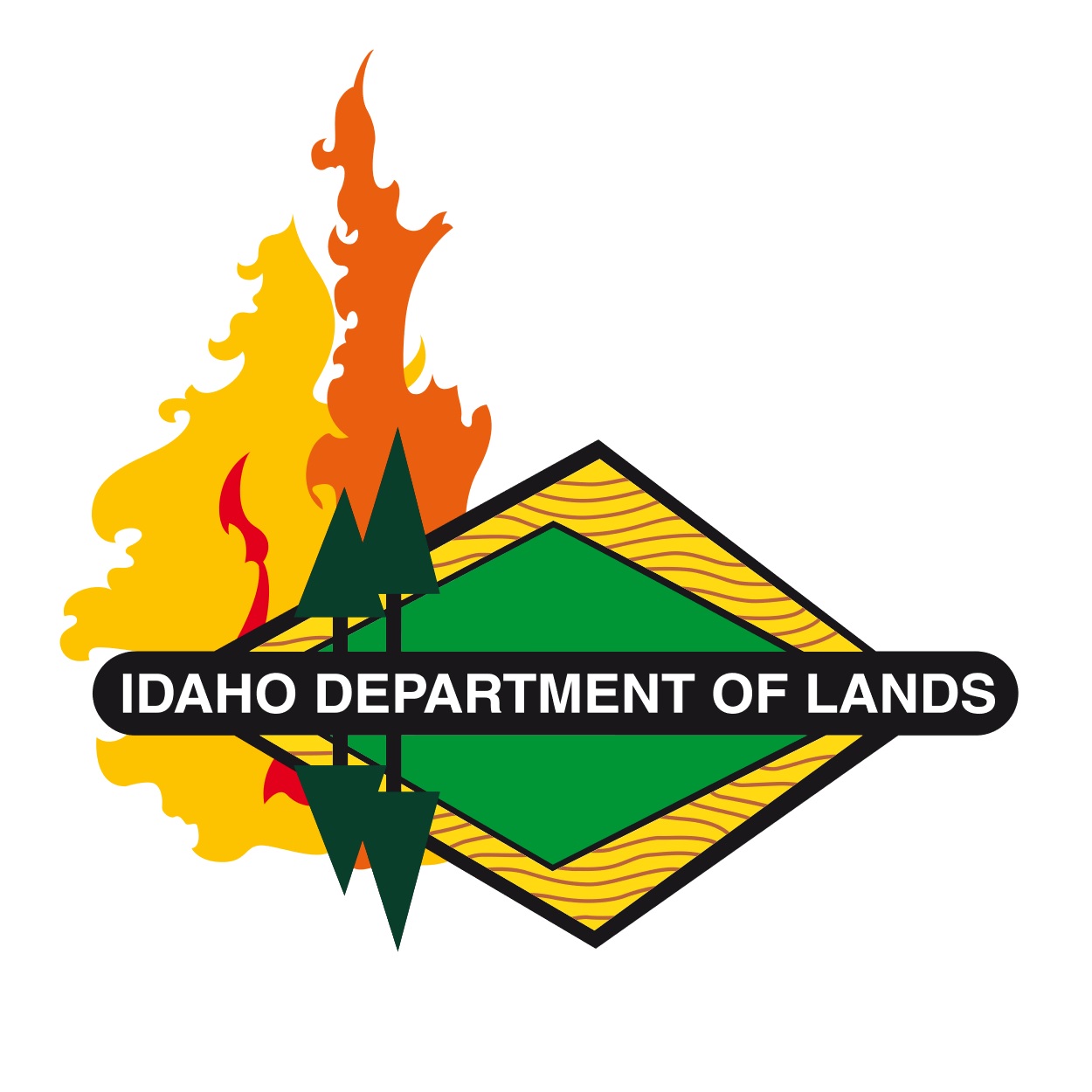Op Ed: Arbor Day
Wednesday April 20, 2022By: Craig Foss, Idaho State Forester
This year marks the 150th anniversary of the tree planter’s holiday, Arbor Day. Did you know that 40% of Idaho is covered in trees? Forests cover more than 21 million acres, that’s larger than the states of Vermont, New Hampshire, Massachusetts, Connecticut and Rhode Island combined.
One million acres of trees are on Idaho Endowment Forestlands which is managed by Idaho Department of Lands (IDL) for the benefit of endowment beneficiaries, primarily public schools. Another 20 million acres of forestland is divided between federal ownership (17 million acres) and private ownership (3 million acres). In addition, Idaho’s communities provide urban forests, benefiting the people who live there.
Forests provide clean air, remove and store carbon dioxide, send fresh oxygen into the air, provide habitat for wildlife, clean water through our watersheds, and opportunities for recreation. 63% of Idaho’s water comes from the forests.
Idaho forests also provide more than $2.4 billion in state economic contributions through the timber industry, with a goal of sustainability and stewardship. Idaho code requires harvests adhere to strict environmental rules and reforestation requirements. The process is manage, harvest, plant and repeat.
Harvested forests are required by state code to be replanted. Last year IDL planted nearly 2 million seedlings after harvests and fires. For every tree harvested, seven seedlings are planted in its place. This year efforts are underway to plan 2.4 million seedings on endowment forests.
It is vital that IDL manage its forests in a sustainable, fire resilient way, as the timber is an investment for the endowments now and for many generations to come. The revenue helps support Idaho’s public schools and other important beneficiaries.
Proper management is imperative for all ownerships, as unmanaged forests are more at risk for catastrophic wildfires that can threaten communities. This is especially true as we see more people move into the wildland urban interface. A catastrophic fire damages the soil, removes vegetation leading to increased soil delivery into streams, decreases the value of the timber and impacts recreational opportunities for many years.
Removing infested and dying trees, thinning healthy stands so trees to grow larger and stronger, and removing ladder fuels allows wildfire to move through the forest floor quickly resulting in a resilient forest instead of a devastated forest.
Through our No Boundaries Forestry Initiative, IDL works with many federal, local and private partners to manage forestland on federal, state, and private land. By working together, entire landscapes, watersheds and communities are being made more fire resilient.
With the increasing frequency of drought, limited fire resources and severe fire seasons, we all need to take steps to prevent human caused wildfire, increase property resilience to fire, and protect Idaho’s forests. For more information visit www.idl.idaho.gov and www.idahoforests.org.

